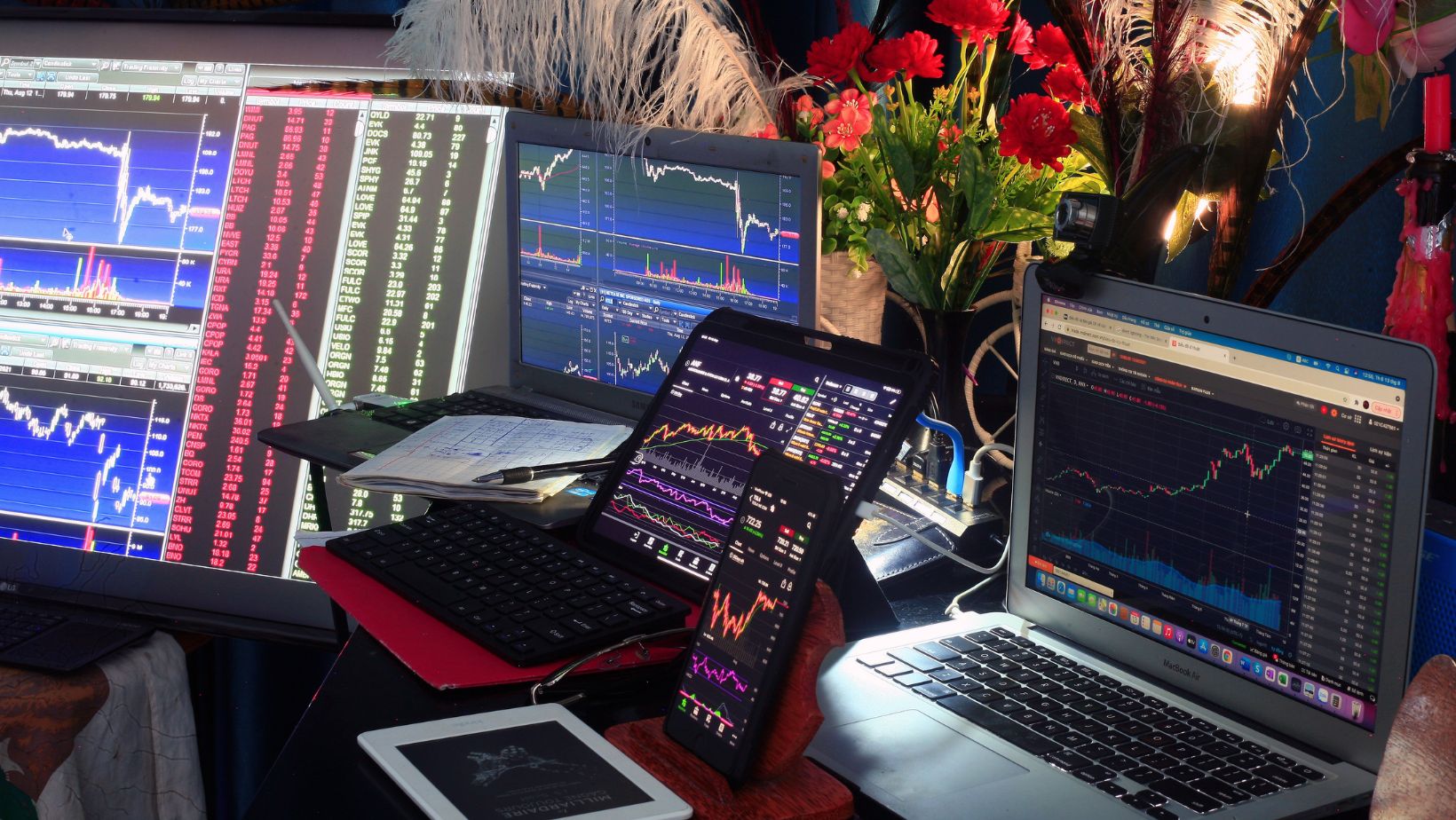In the dazzling world of stock markets, where every investor is seeking that golden opportunity, understanding the nuances can be the difference between striking it rich and losing one’s shirt.
While the stock market offers a myriad of opportunities, it’s essential to know that not all that glitters is gold. One such beacon in the vast sea of stocks, especially for tech enthusiasts, is the Nasdaq 100. Yet, to navigate these waters successfully, a keen understanding of Nq futures is indispensable. Whether you’re wetting your feet or have been swimming in the deep end for years, this guide will shed light on the intricacies of Nasdaq 100 futures.
A Bird’s Eye View: What are Nasdaq 100 Futures?
Defining the Future of Stocks
To understand Nasdaq 100 futures, we first need a bird’s eye view of ‘futures’ as a concept. At their core, futures are financial contracts obligating the buyer to purchase and the seller to sell a particular asset at a predetermined price and date. It’s like making a reservation for a price today for a product you’ll buy or sell in the future.
The Tech Beacon: Nasdaq 100
Now, the Nasdaq 100 isn’t just any index. It’s a curated basket of the 100 largest non-financial companies listed on the Nasdaq stock exchange, with a significant emphasis on tech giants. When we talk about Nasdaq 100 futures, we’re referring to futures contracts based on this index’s value.
Stocks vs. Futures: The Twist in the Tale
While buying stocks means owning a piece of a company, buying a futures contract doesn’t grant any ownership. Instead, you’re speculating on the future direction of the index. Think of it as betting on a horse race. You don’t own the horse, but you’re predicting its performance.
Stepping on Thin Ice: Risks and Rewards
Futures trading, often deemed as the high-stakes game of the financial world, treads a line between tremendous opportunities and perilous pitfalls.

Akin to stepping on thin ice, a trader must be cautious, informed, and equipped with the right tools to navigate the volatile waters safely.
The High Stakes Game of Futures Trading
- Definition: Standardized agreements to purchase or sell an item at a fixed price on a given future date are known as futures contracts. These might include everything from financial instruments to agricultural items.
- Attractiveness: For individuals with a high-risk tolerance, it is an attractive investment choice because of the possibility of large profits.
- Caveat: As with any high-risk endeavor, there are significant rewards as well. Even a small change in the market might cause significant financial loss.
The Leverage Effect: A Double-Edged Sword
- How it works: With leverage in futures trading, investors can control substantial quantities of assets or commodities with comparatively little initial investment.
- Potential Gains: When predictions are accurate, leverage can significantly amplify profits. For instance, a 1% increase in the market can lead to a 10% gain if leveraged 10:1.
- Potential Losses: Conversely, the same leverage can amplify losses. Using the same 10:1 leverage, a 1% market downturn could mean a 10% loss.
- Caution: Over-leverage can lead to total capital loss. Therefore, understanding and managing leverage is paramount.
The Necessity of Risk Management and Understanding Market Volatility
- Market Volatility: Refers to the rate at which the price of an asset moves for a given set of returns. High volatility means the price of the asset can change dramatically over a short time, while low volatility implies minor price changes.
- Risk Management Tools: These include stop orders, limit orders, and hedging strategies. Implementing these can help cap potential losses.
- Importance of Research: Traders must stay updated with global news, market trends, and other factors that might affect the futures market.
- Continuous Learning: The futures market is ever-evolving. Adapting and learning from both successes and failures can make the difference between longevity and financial ruin in this high-stakes game.
While futures trading presents significant profit opportunities, it’s akin to stepping on thin ice.
Don’t Put All Your Eggs in One Basket: Diversifying with Nasdaq 100 Futures
Nasdaq 100 futures can play a pivotal role in portfolio diversification. A well-diversified portfolio spreads risk across different assets, ensuring that a poor performance by one doesn’t sink the entire ship. By incorporating Nasdaq 100 futures, you introduce an element that responds differently than traditional stocks, providing a safety net.

Besides diversification, futures can also be used to hedge. At its core, hedging involves taking an opposite position in the market to counterbalance any potential losses in your investment portfolio. If you think the Nasdaq 100 might dip, you could short Nasdaq 100 futures, providing a buffer against potential downturns in the tech sector.
Reading Between the Lines: Practical Tips for Navigating Nasdaq 100 Futures
Just like a captain uses a compass, traders use market indicators to navigate the complex world of futures. Indicators like Moving Averages, RSI, and MACD can help traders predict potential price movements.
Charting a Course: Patterns & Signals
Technical analysis, which involves studying price charts and patterns, can be an invaluable tool for futures traders. Identifying patterns such as ‘head and shoulders’ or ‘double tops’ can provide traders with valuable information about possible future trading moves.
Time-Tested Strategies
Every trader needs a game plan. The secret to success in trading might be knowing which trading methods to use and when to apply them, whether it’s trend following, range trading, or breakout tactics.
Keeping Your Eyes on the Horizon
The world of Nasdaq 100 futures is both exhilarating and treacherous. Like any journey, the key lies in preparation, understanding the landscape, and continuously learning. Remember, while the seas of the stock market are ever-changing, keeping your eyes on the horizon, staying informed, and treading carefully can help you seize opportunities and navigate safely. Dive deep into the intricacies, and who knows? You might just strike gold in the glittering waters of Nasdaq 100 futures.


